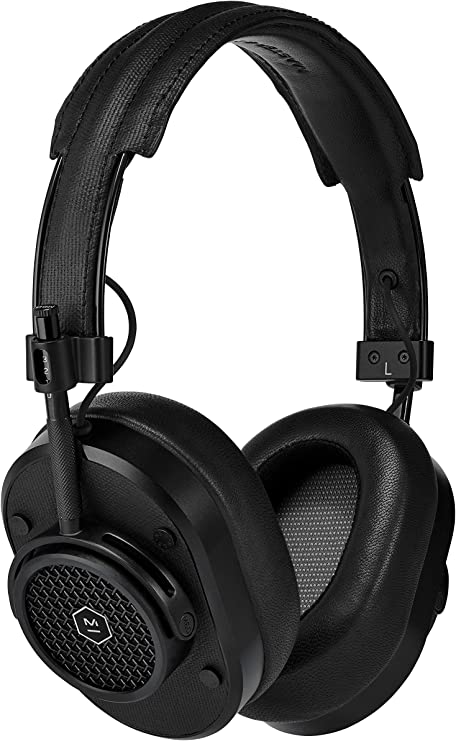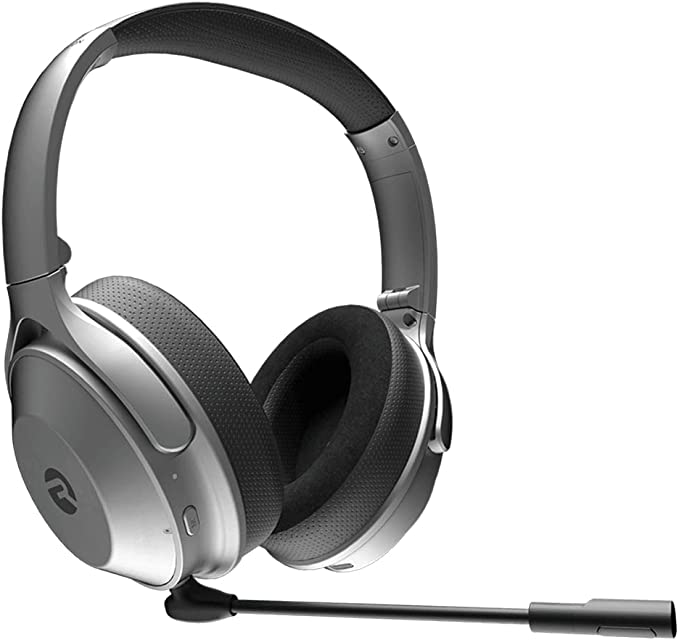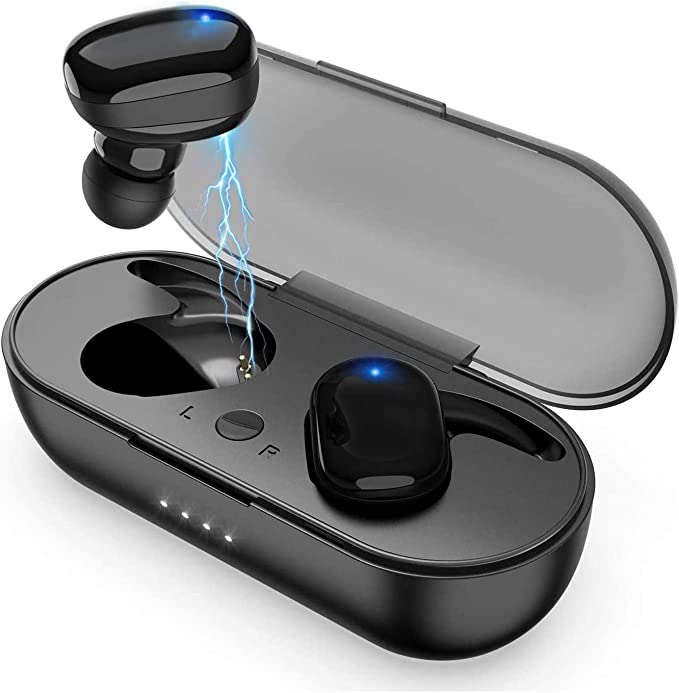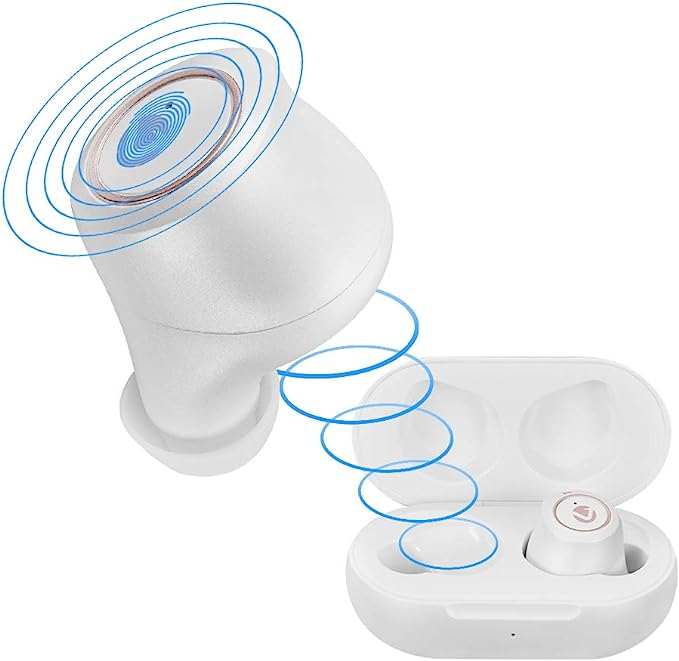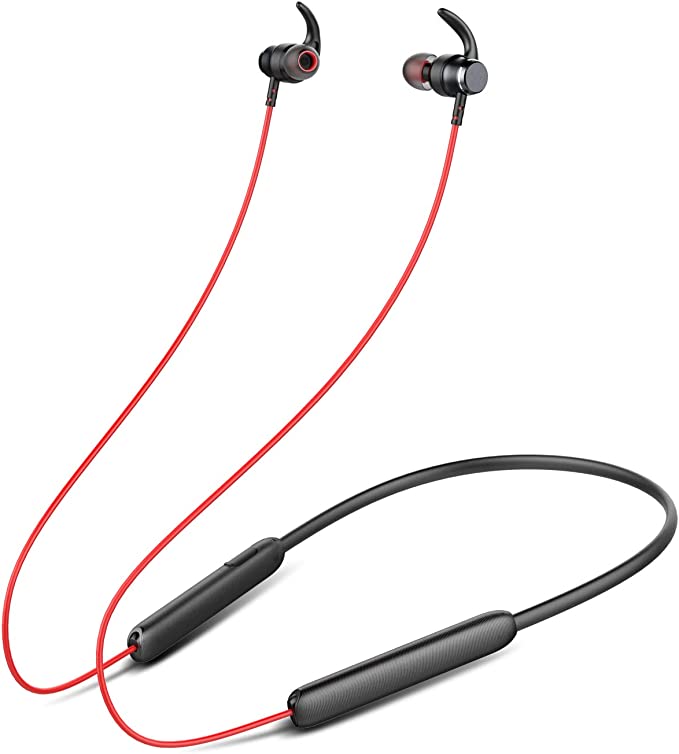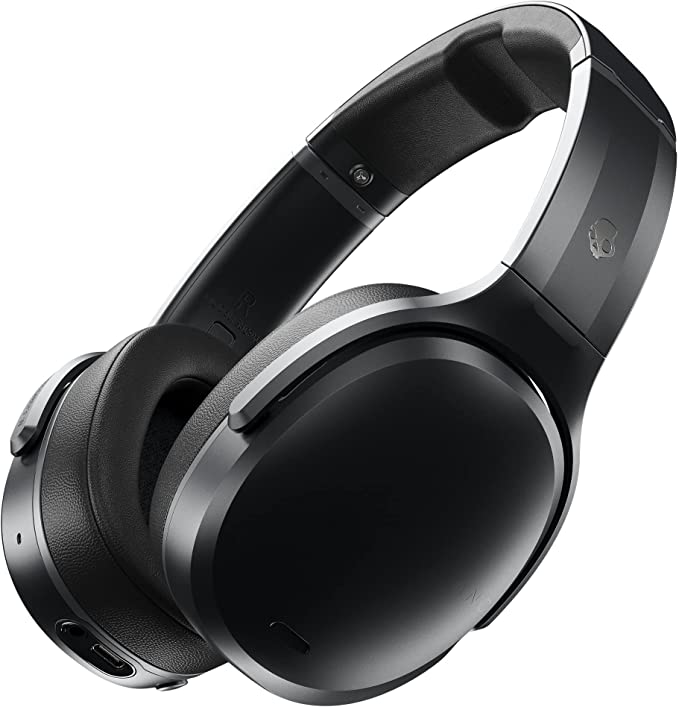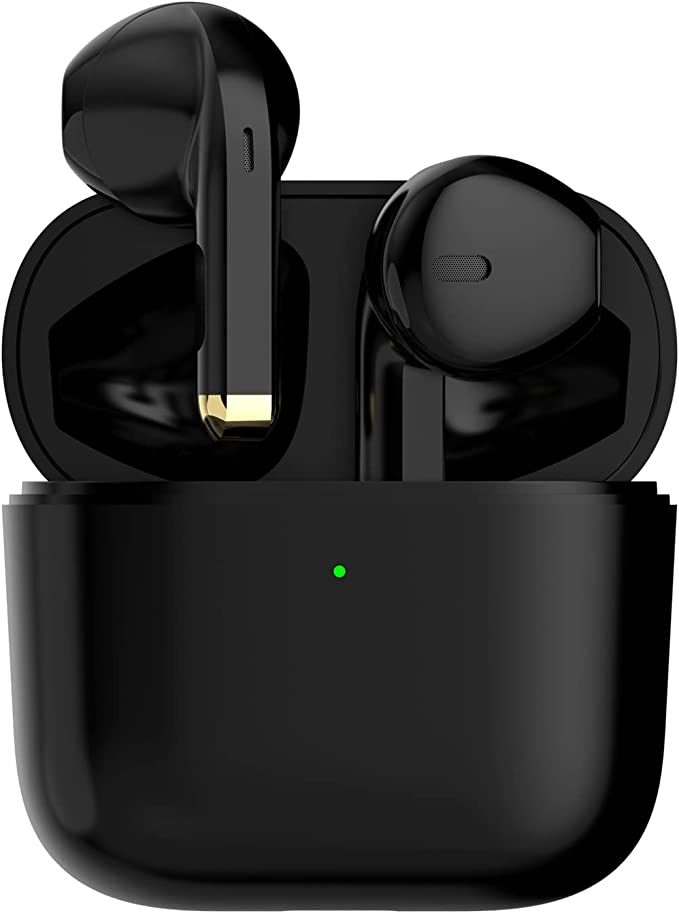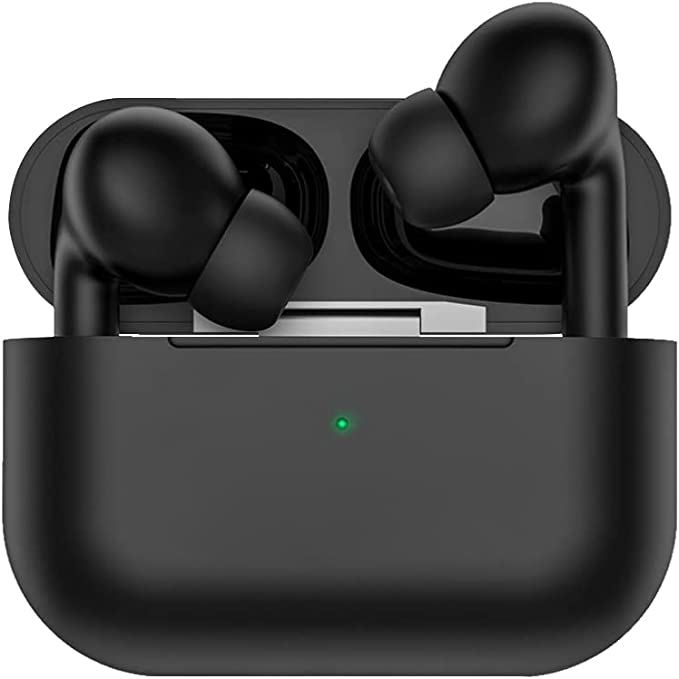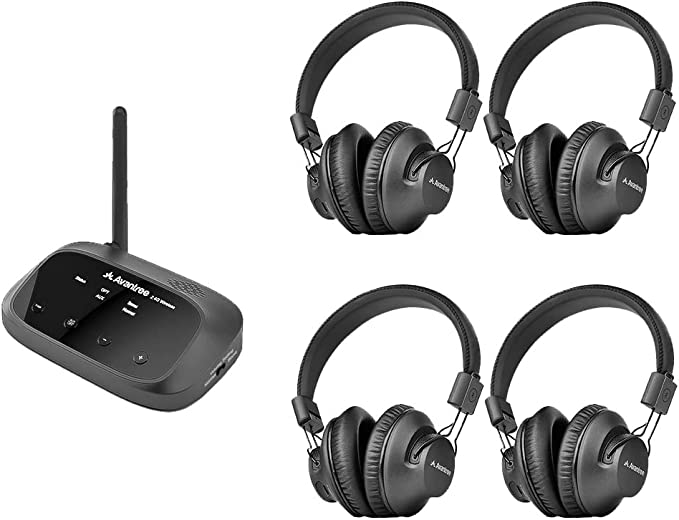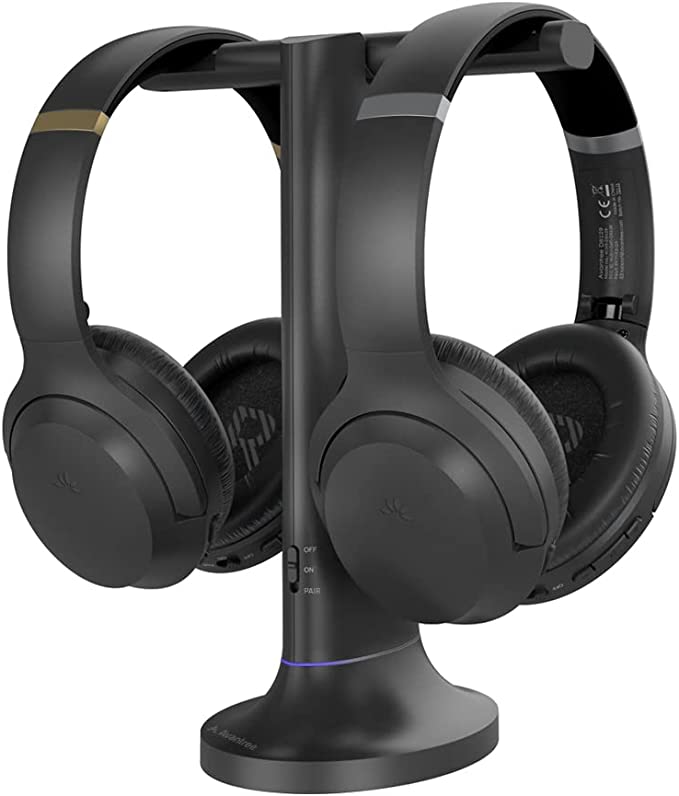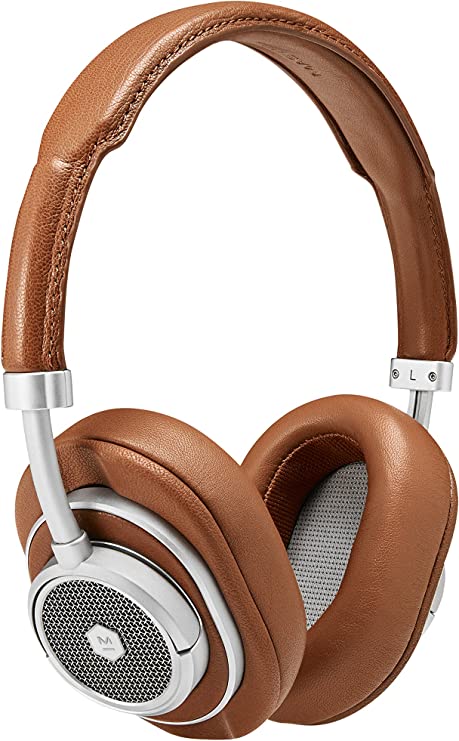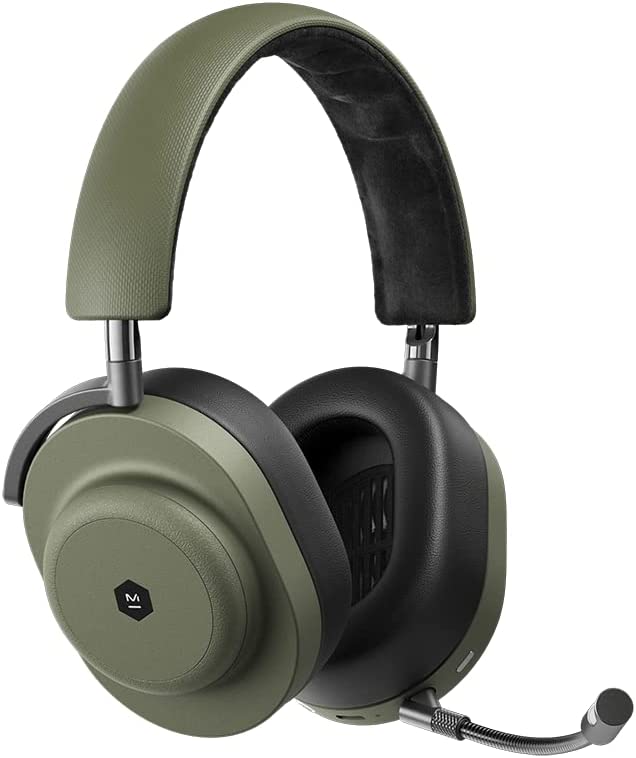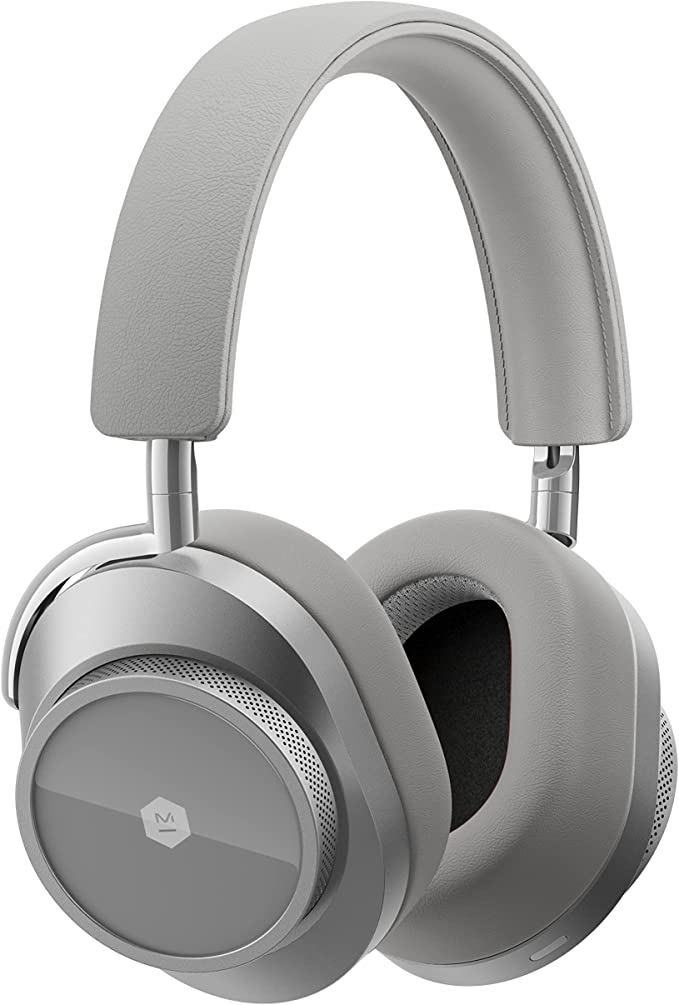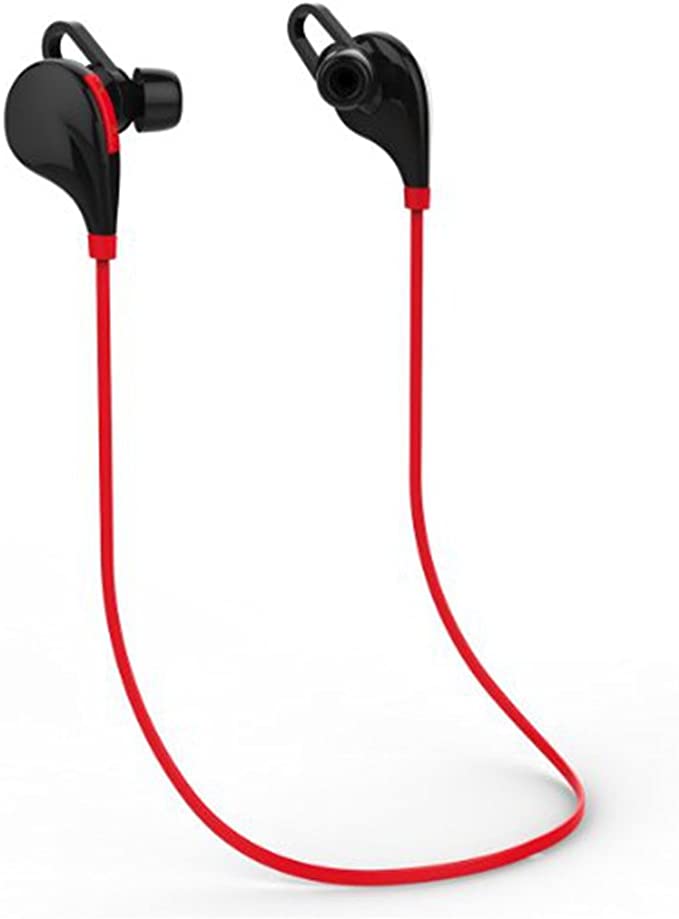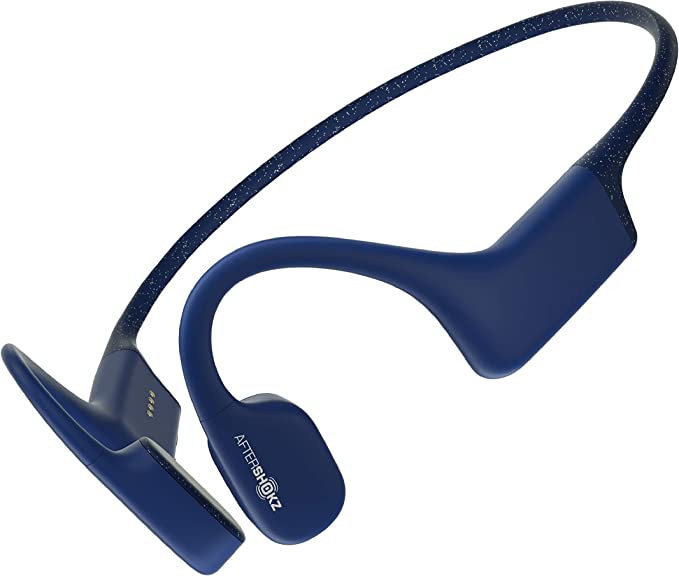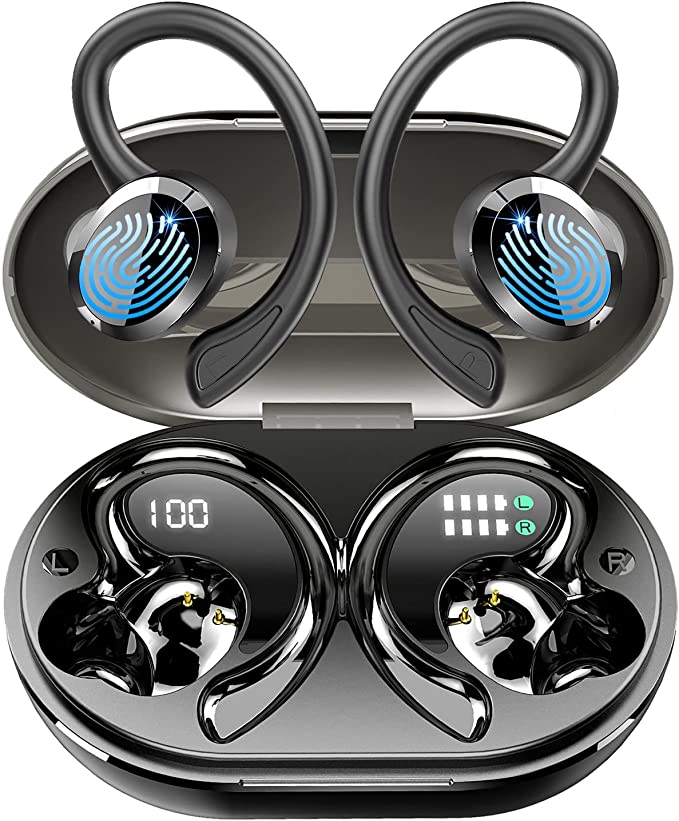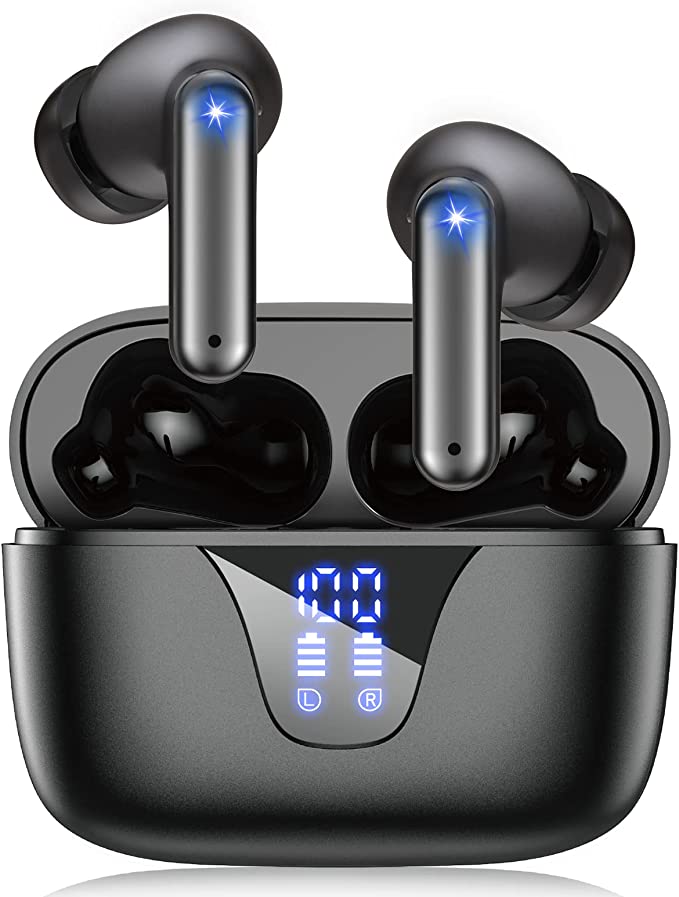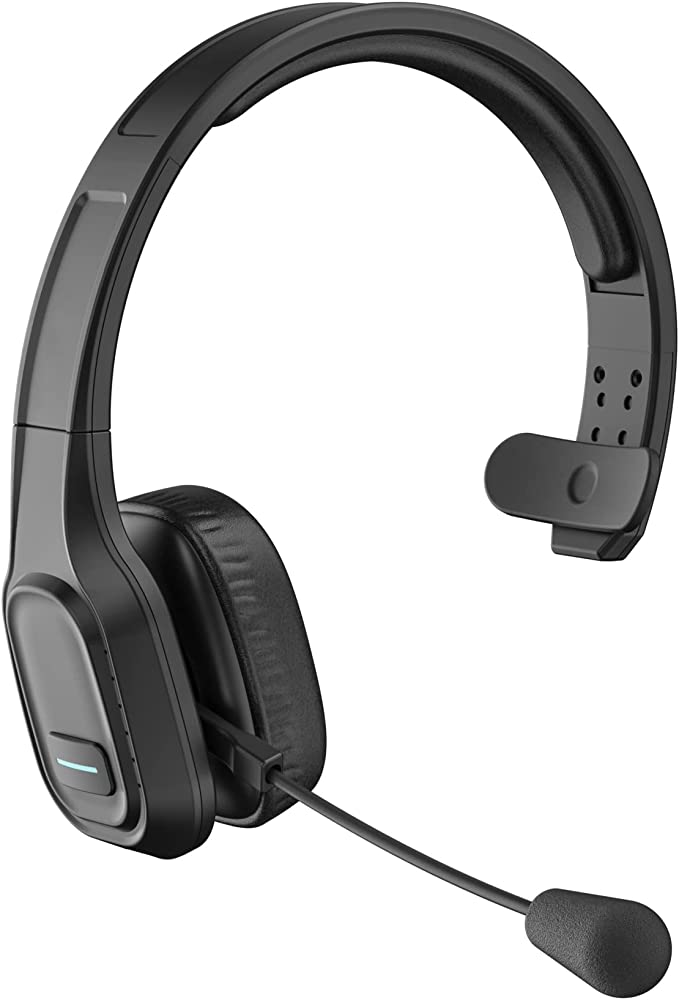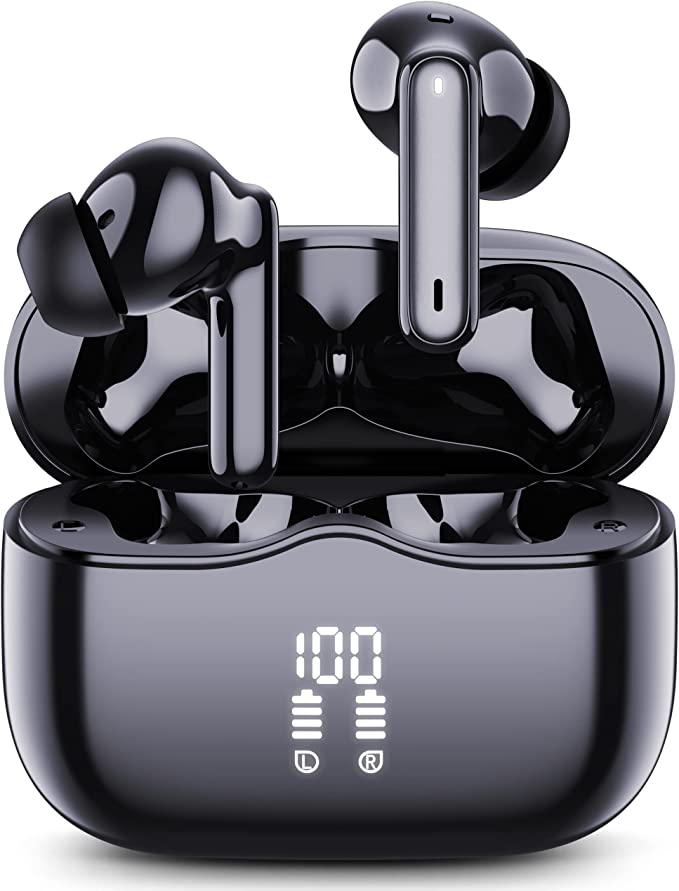The Secret Science of Budget Earbuds: A Deep Dive into the PISEN Flex S1
Update on Sept. 9, 2025, 6:05 a.m.
The world is a symphony of sound, a constant, often overwhelming, rush of noise. We navigate it with tools of our own design, and few are as personal or ubiquitous as a pair of headphones. They are a sanctuary, a portable concert hall, and a private line to another voice. For many, a simple, affordable pair like the PISEN Flex S1 Wireless Headphones is all that is needed. At first glance, it appears to be little more than plastic, wire, and a small battery. But to dismiss it as a mere gadget is to miss a spectacular story—one of physics, chemistry, and engineering ingenuity.
Let’s not talk about the PISEN Flex S1 as just a product. Let’s talk about it as a perfect teaching tool, a miniature masterclass in modern science.

The Tiny Engine of Sound
To a physicist, a headphone is a transducer—a device that converts energy from one form to another. In this case, it turns electrical signals into the mechanical vibrations we perceive as sound. The PISEN Flex S1, like most headphones, does this with a component called a dynamic driver.[1, 2]
Imagine a tiny, circular loudspeaker. At its heart are three parts: a thin membrane called a diaphragm, a coil of wire attached to it (the voice coil), and a powerful permanent magnet.[1, 2] When your phone sends an electrical current through the voice coil, it momentarily transforms it into an electromagnet. This newly created magnetic field interacts with the stable field of the permanent magnet, causing the voice coil to jump back and forth.[1] Since the diaphragm is attached to this coil, it moves with it, pushing and pulling the air to create the pressure waves that travel to our ears.[2] The electrical signal is nothing more than a blueprint for this motion, dictating the exact pitch and volume of the sound produced.[2]
The PISEN Flex S1’s drivers are relatively large, with a 13.6mm diameter.[3] This isn’t just a number; it’s a statement about its sound profile. A larger diaphragm can displace more air with each vibration, creating a more powerful and impactful sound, especially in the low-frequency, or bass, range.[4, 5] This is why dynamic drivers are so good at delivering the “vigorous forceful bass” that defines genres like hip-hop and electronic music.[1, 4, 6, 3] It’s a simple physical principle at play: more surface area means more air moved, which translates to a more resonant, deeper rumble you can feel.

The Invisible Highway of Bluetooth
The freedom of wireless audio relies on a sophisticated invisible dance between devices. The PISEN Flex S1 uses Bluetooth 5.0, a standard that has been a major leap forward in this dance.[7] Released to prepare the tech world for the “Internet of Things,” Bluetooth 5.0 is designed for a modern, connected world.[8]
Think of it like a highway for data. Bluetooth 4.2 was a single-lane road with a speed limit of 1 Mbps.[9, 7] Bluetooth 5.0 doubled that to a two-lane highway with a speed limit of 2 Mbps, allowing for faster, smoother data transfer and fewer interruptions.[9, 7, 10] It also promised to quadruple the range to an incredible 240 meters (800 feet).[8, 9, 10]
So, why does the PISEN Flex S1’s manual specify a much more modest range of 10 meters (33 feet)?.[11, 12] This isn’t a flaw; it’s a dose of scientific reality. Wireless signals don’t travel in a straight line in a vacuum.[11] They bounce off and are absorbed by physical objects. Walls, furniture, and even our own bodies are obstacles that can degrade the signal.[11, 12] The 10-meter figure is the manufacturer’s honest assessment of a realistic operating distance in a real-world, obstructed environment. This is a subtle but important lesson in the difference between theoretical specs and pragmatic engineering.

The Finite Heartbeat of a Battery
The non-removable, embedded lithium-ion battery in the PISEN Flex S1 [13] is the lifeblood of its wireless functionality, promising up to 10 hours of playback.[14] But every battery has a finite lifespan, a subject that battery science has been unraveling for decades.
The degradation of a lithium-ion battery is a result of two primary mechanisms [15, 16]: cyclic aging and calendar aging.[16] Cyclic aging is the gradual wear and tear from repeated charging and discharging cycles, a mechanical fatigue of the internal chemistry.[15, 17] Calendar aging, on the other hand, is the slow, inexorable decay that happens even when the battery is not in use.[16, 17] This process is accelerated dramatically by high temperatures. For instance, a battery stored at 40°C (104°F) and 100% charge can lose 35% of its capacity in just one year.[17]
Recent research from the University of Texas at Austin revealed another, more insidious factor at play in compact devices: the “microenvironment”.[18] The close proximity of heat-generating components like the Bluetooth antenna, microphones, and circuits creates a temperature gradient across the battery.[18] This uneven heating causes different parts of the battery to degrade at different rates, leading to premature failure.[18] This is a beautiful piece of scientific discovery that explains a common user phenomenon—why one earbud might have a longer battery life than the other, particularly if one is used more frequently.[18] The manual’s advice to store the headset in a “cool and well-ventilated place” [11, 13] is not a suggestion, but a direct countermeasure against this very real scientific problem.
The Armor of IPX5
For a product designed for workouts and daily commutes, durability is key. The PISEN Flex S1 boasts an IPX5 rating, a term often thrown around without much explanation. This is a chance to demystify a standardized metric.[19, 20]
The “IP” stands for Ingress Protection, a rating system developed by the International Electrotechnical Commission (IEC).[19, 20, 21] The “X” simply means the device has not been officially tested for protection against solid particles like dust.[19, 21] The number “5,” however, is a precise engineering statement.[19] To achieve this rating, the headphones must withstand water jets from a 6.3mm nozzle, spraying water at a rate of 12.5 liters per minute for at least 3 minutes, from any direction.[19, 21]
In plain English, this means the PISEN Flex S1 is built to survive heavy rain, sweat from an intense workout, and even a strong hose spray.[19, 20, 22] It is water-resistant, not waterproof. The distinction is crucial. An IPX7 rating, for instance, protects against temporary immersion.[19, 20, 21] Understanding this allows a user to know exactly what their device is built to handle and what it is not—a perfect example of a scientific standard providing practical, tangible information.

The Elegance of a Tradeoff
The PISEN Flex S1 is, by its very nature, a series of elegant tradeoffs. Its neckband design, which might seem “old-fashioned” [23, 24], is a pragmatic solution to a common problem with truly wireless earbuds: the risk of loss.[25, 26] It is also what allows for a larger battery and a more stable, comfortable fit during activities.[25, 26]
However, this form factor introduces its own set of challenges, particularly with durability. User feedback often points to a recurring issue with one earbud, particularly the left one, failing over time.[27] This isn’t necessarily a manufacturing defect as much as it is a natural point of failure for this design. The constant flexing, coiling, and physical stress on the wire connecting the earbud to the neckband can lead to internal fractures or loose connections.[27, 28] It’s a testament to the idea that every design choice has a consequence, and even the most simple-looking piece of technology is a complex balance of competing demands: comfort, convenience, and long-term durability.
In the end, the PISEN Flex S1 is a reminder that we are surrounded by scientific marvels, even in the most unassuming of forms. It’s a product of thoughtful engineering, a tangible lesson in the physics of sound, the chemistry of batteries, and the logic of wireless signals. The next time you put on a pair of headphones, take a moment to consider the silent symphony of science working just beneath the surface, making your experience possible.

